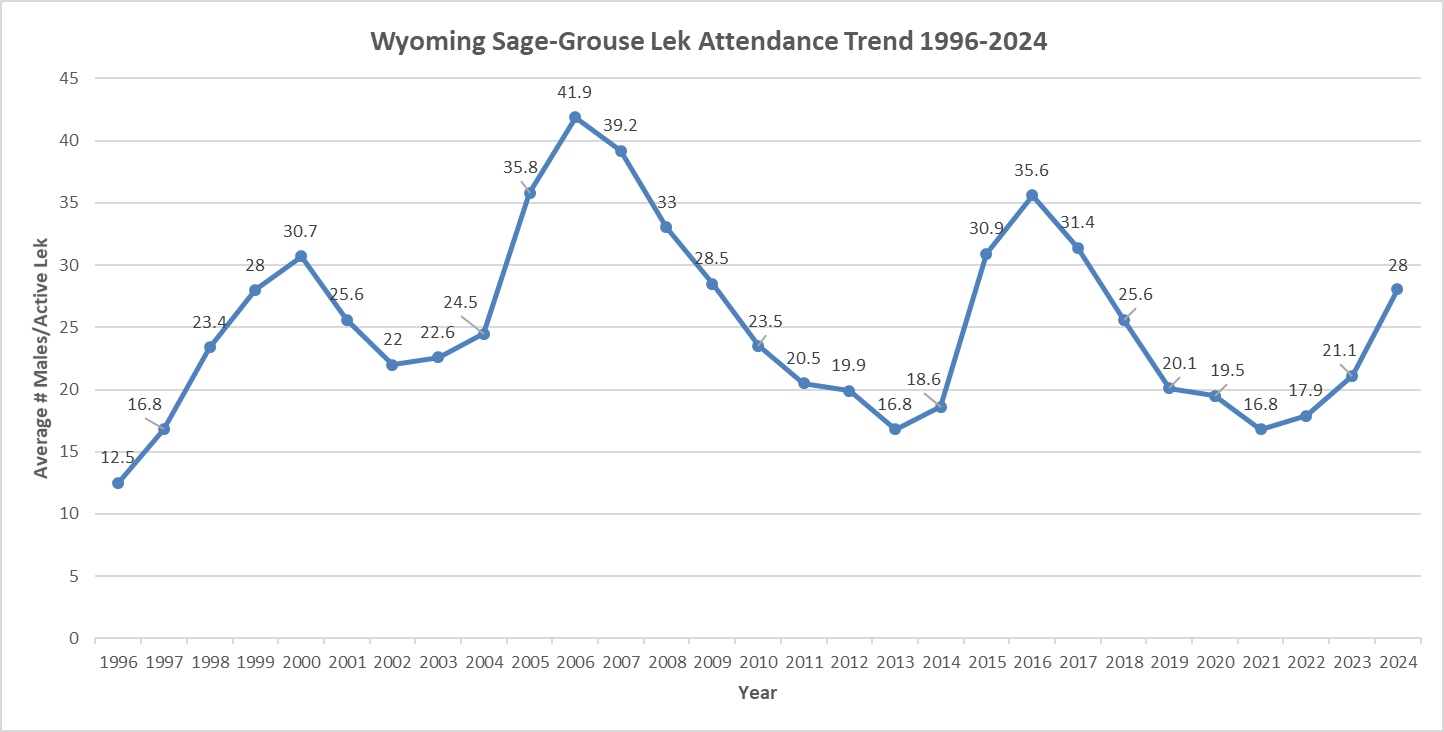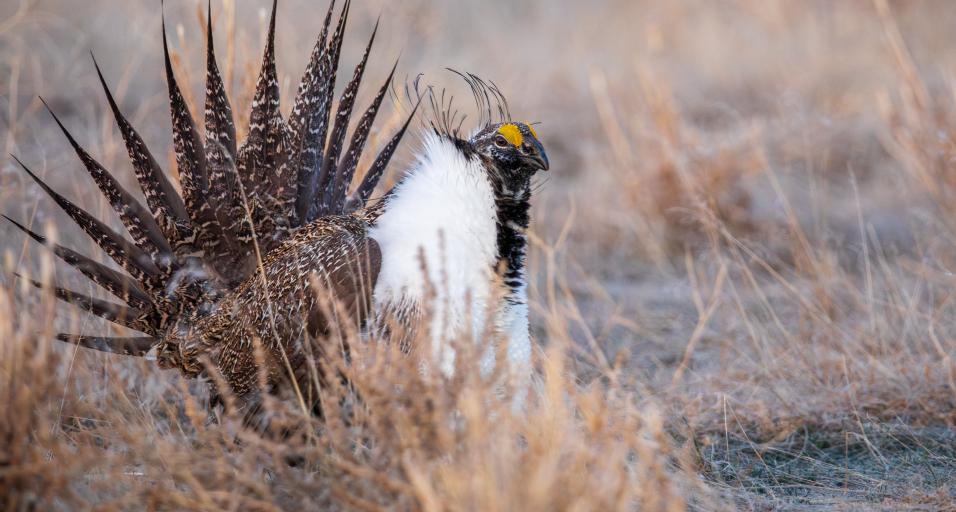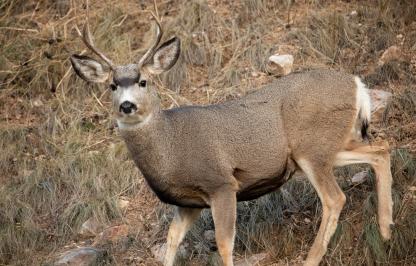CHEYENNE — Sage-grouse lek attendance has increased according to data from the Wyoming Game and Fish Department lek counts this spring. In 2024, lek attendance increased by 33 percent compared to last year. The appearance of more birds at leks is thought to be due to the natural population cycles of sage-grouse combined with good moisture that benefited sagebrush habitat.
This spring, officials observed an average of 28 male sage-grouse per active lek. More than 29,000 male sage-grouse were observed on 90 percent of known, occupied leks – an increase over last year when persistent winter conditions hampered monitoring efforts. Annual observations are carried out by Game and Fish, federal partners, consultants and volunteers. Leks are observed from a distance from both the ground and air during their spring mating.

Habitat is key to the sustainability of sage-grouse populations.
“Sage-grouse are a sagebrush obligate species and could not survive without intact sagebrush ecosystems,” said Nyssa Whitford, Game and Fish’s sage-grouse/sagebrush biologist. “Well-timed moisture and available habitat are paramount to robust sage-grouse populations.”
Wyoming continues to invest significantly in efforts to study sage-grouse populations and conserve sage-grouse habitat. Each year, the Wyoming Game and Fish Commission contributes over $500,000 to this effort, which is administered via local sage-grouse working groups.
Game and Fish also monitors the percentage of known active and inactive leks throughout Wyoming. A lek is considered inactive if no birds or signs of strutting are observed under ideal conditions during mating season. The percentage of active leks remains steady at 80 percent.
Game and Fish data on sage-grouse lek attendance goes back nearly six decades and the cyclical nature of the bird’s population is evident.
“Sage-grouse populations rise and fall,” Whitford said. “Studies indicate Wyoming’s population cycles every seven to nine years. So, we were pleased to see an increase this year and anticipate continued increases or a leveling off in the next year or two, as we reach the peak of their population cycle.”
The cause of these well-established cycles is not understood, but it is thought to be influenced by weather and climate, which impact the availability of food and cover in the sagebrush ecosystem.
Game and Fish manages sage-grouse while taking into consideration the natural rises and falls populations experience over time. Part of that management includes a conservative hunting season that undergoes thorough review annually and a process where the public can provide comments.
There have been some changes to sage-grouse hunting seasons in recent years, including closures in northeast Wyoming and the new free annual sage-grouse permit requirement for all licensed hunters.




